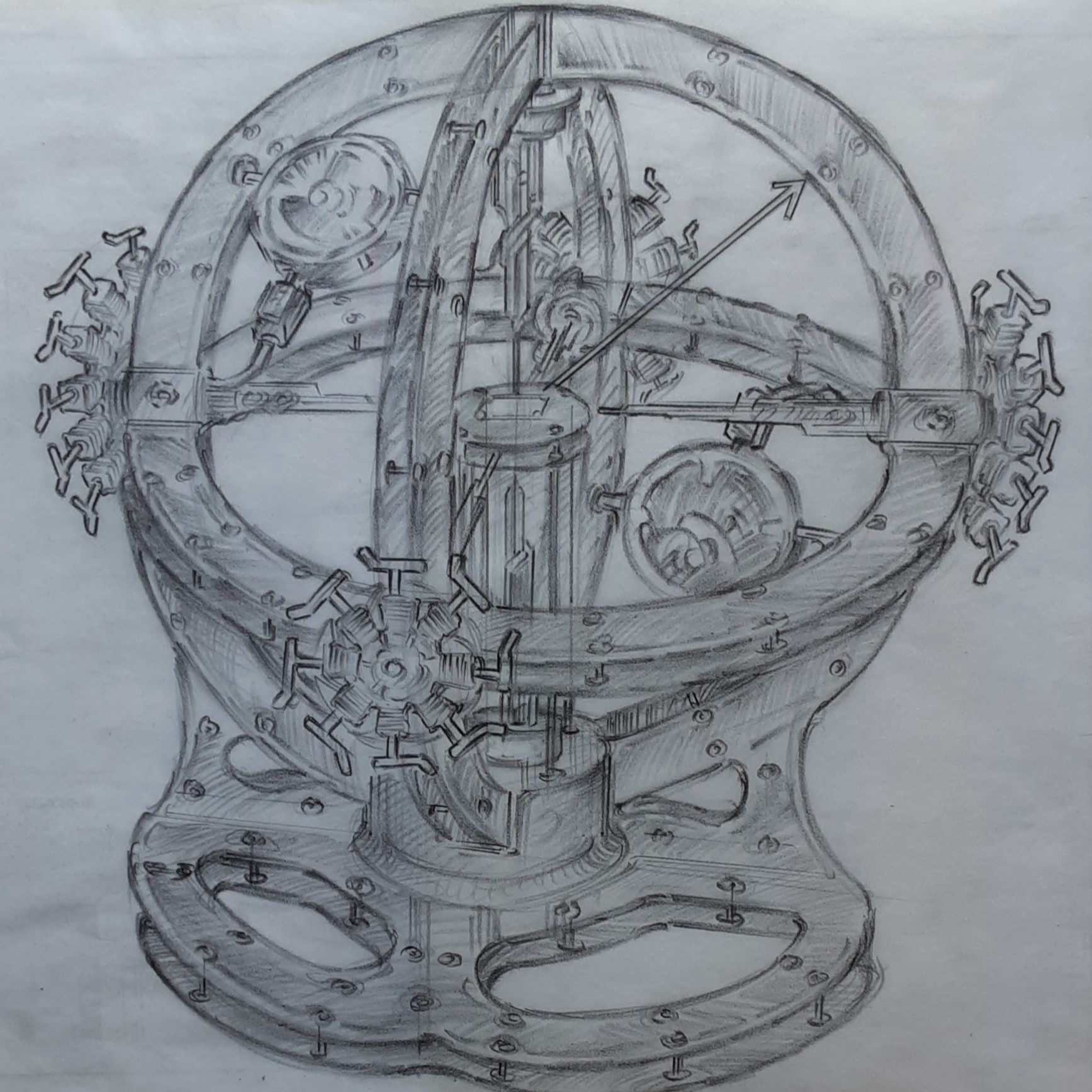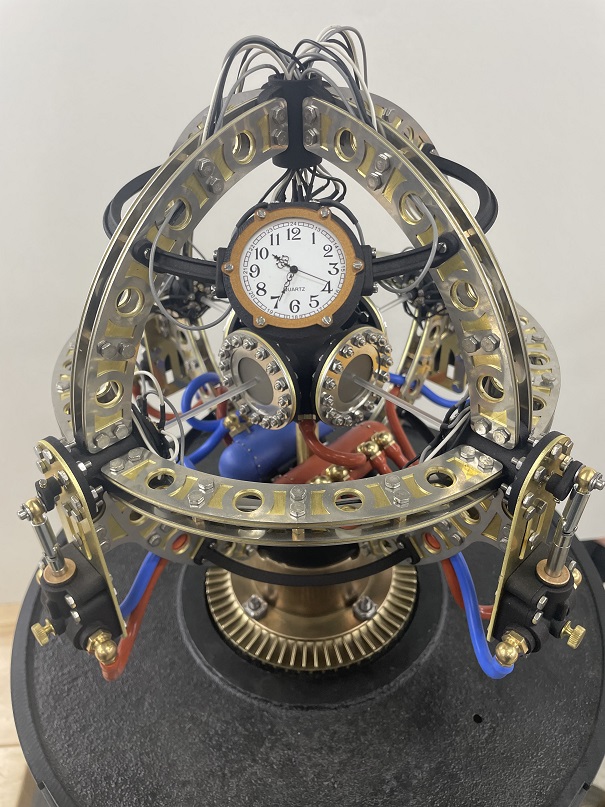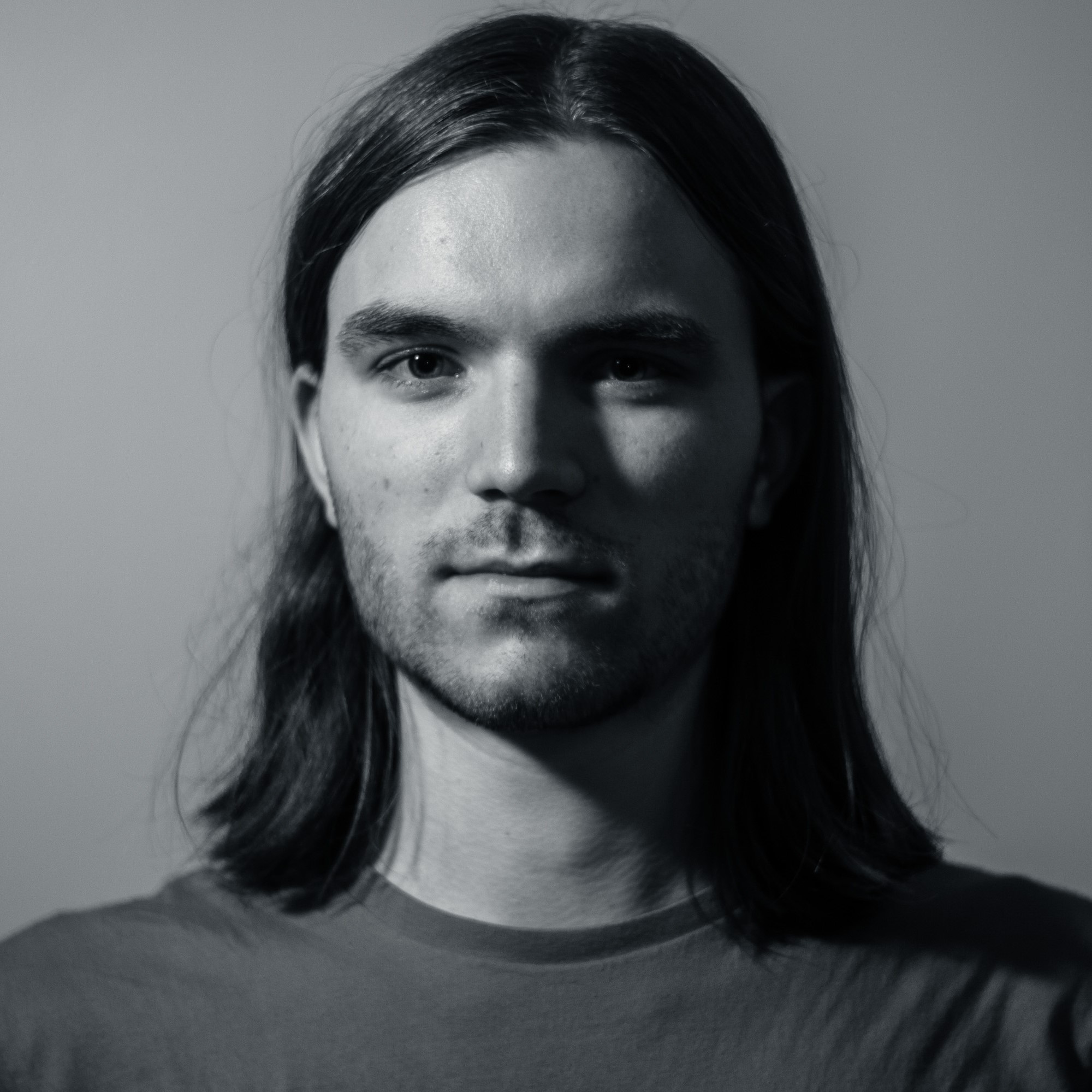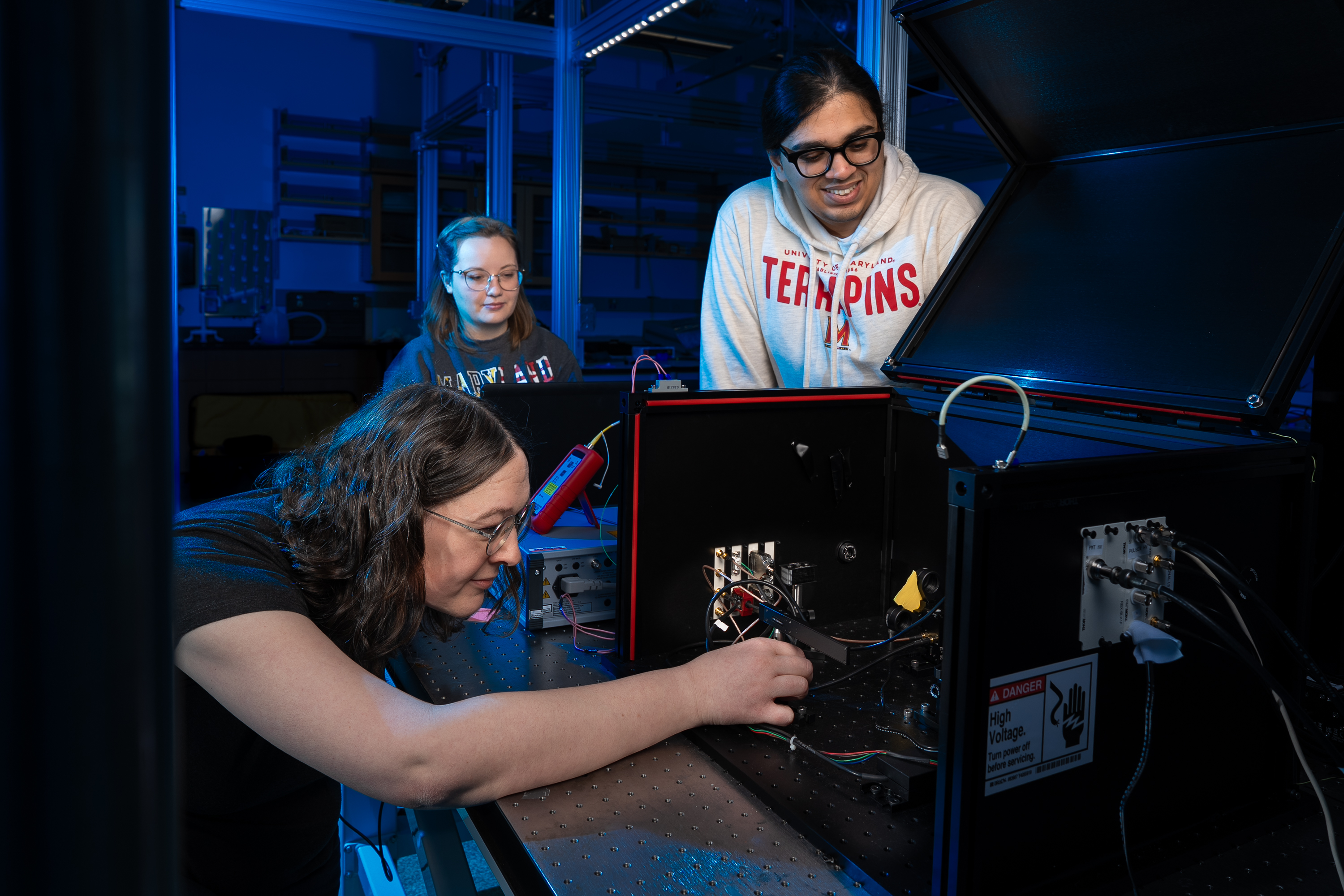UMD Physicist Helps Sculpt Quantum Mechanics into Reality
- Details
- Category: Department News
- Published: Wednesday, January 29 2025 01:40
In 2020, physicist Nicole Yunger Halpern received a rather unusual email out of the blue. Bruce Rosenbaum, a Massachusetts-based artist dubbed “the steampunk guru” by The Wall Street Journal, watched one of her lectures about quantum thermodynamics and was interested in collaborating with her. Rosenbaum saw something extraordinary in Yunger Halpern’s work—in terms of cutting-edge science and artistic possibility.
For Yunger Halpern, who coined the term “quantum steampunk” while earning her Ph.D. in theoretical physics at the California Institute of Technology, it almost felt like scientific serendipity.
“It’s been a privilege to interact with someone who is based in such a different world. I’m in physics, Bruce is in art. And yet, we both have a very strong shared interest in connecting the steam-powered world of the Industrial Revolution to today,” said Yunger Halpern, who is a theoretical physicist at the National Institute of Standards and Technology, a fellow of the Joint Center for Quantum Information and Computer Science, and an adjunct assistant professor in the Department of Physics and the Institute for Physical Science and Technology at the University of Maryland. Quantum steampunk sketch by Jim Su
Quantum steampunk sketch by Jim Su
The unusual partnership kicked off a multi-year quest to craft a piece of art that could represent two very different worlds. For weeks, Yunger Halpern and Rosenbaum worked over weekend Zooms and emails to brainstorm before enlisting others to help bring their ideas to life.
In late 2024, they finally created their masterpiece: an eight-inch diameter sculpture that marries steampunk (a popular genre that combines Victorian-era aesthetics like brass, gears and steam with modern technology) with quantum physics (a rapidly evolving field that deals with how things work at the tiniest possible scales). At these tiny levels, objects don’t behave the same way as they do in our everyday world—for example, things can exist in multiple states at once, like a coin that, in some ways, behaves as though it were both heads-up and tails-up simultaneously.
Inspired by these strange behaviors present in quantum physics, Yunger Halpern and Rosenbaum focused their project on the concept of quantum engines, devices that convert energy from one form to another. According to Yunger Halpern, even a single atom can function as an engine, transforming random microscopic motion into useful energy.
“Our sculpture depicts an engine that can operate at the atomic scale to convert heat energy— which is random, the energy of particles always
Linking quantum and art for all
Creating this visual representation of the invisible quantum world required an unusual team with varied skills. Rosenbaum brought in illustrator Jim Su for the initial designs and design engineering company Empire Group fabricated the sculpture. Rosenbaum and Yunger Halpern coordinated a careful balance between artistic vision and scientific accuracy at every stage of the project. Gradually, the team grew to include other UMD faculty and staff members, including Distinguished University Professors Christopher Jarzynski and William Phillips, Senior Faculty Specialist Daniel Serrano and Scientific Development Officer Alfredo Nava-Tudela. The UMD Quantum Startup Foundry and Caltech’s Institute for Quantum Information and Matter also pitched in.
The result was a metallic, partially 3D-printed sculpture measuring eight inches in diameter, an eclectic mashup of both quantum science principles and artistic sensibilities.
“Everyone shared their expertise to create our final product, whether they offered scientific or artistic contributions,” Yunger Halpern said. “It’s something we are all very proud of.”
Supported by UMD’s Arts for All program, the sculpture will make its debut at the American Physical Society’s Global Physics Summit in March 2025 in honor of the United Nations’ Year of Quantum Science and Technology. After its premiere, the sculpture will head to Caltech before finding a home at UMD.
But Yunger Halpern and her partners have ambitions beyond this first tabletop creation. They hope to create a much larger and grander version of their steampunk sculpture in the near future—complete with antique brasses, lasers, touchscreens and other high-tech interactive and moving elements.
“We have plans for our sculpture’s next iteration, but it’s still early in the fund-gathering process,” Yunger Halpern said. “For now, we’re focusing on sharing our tabletop quantum engine with the world and creating a tangible connection to what’s usually an invisible world. We hope that it’ll capture that sense of adventure in quantum thermodynamics for scientists and art enthusiasts alike.”
Written by Georgia Jiang

